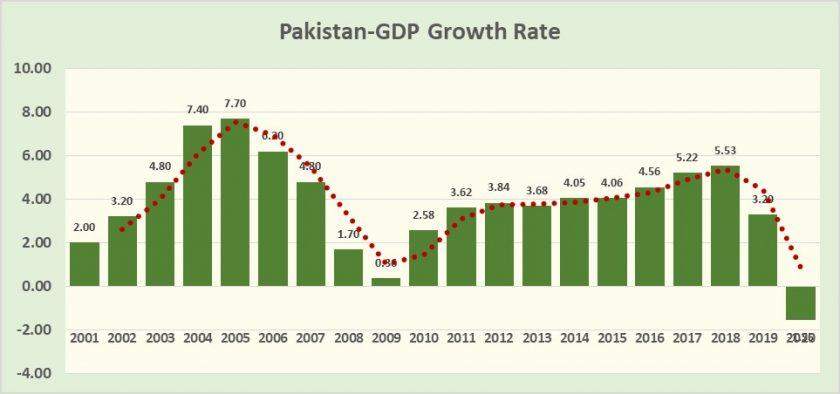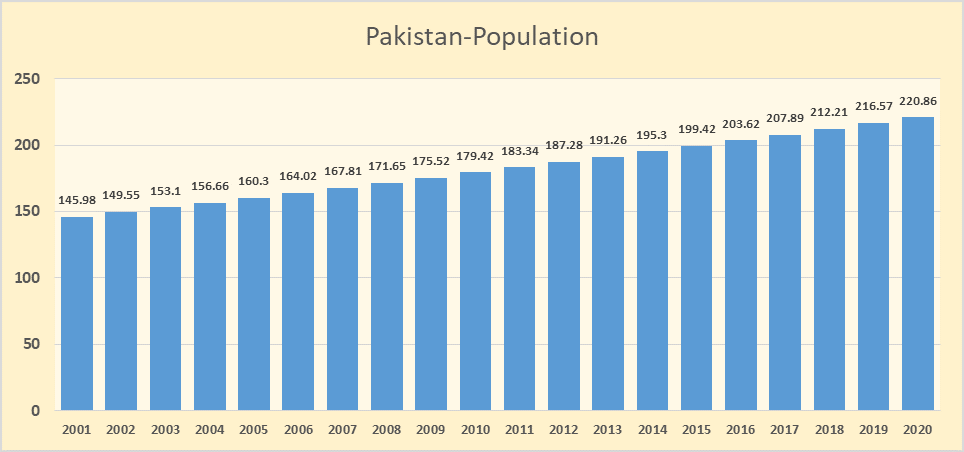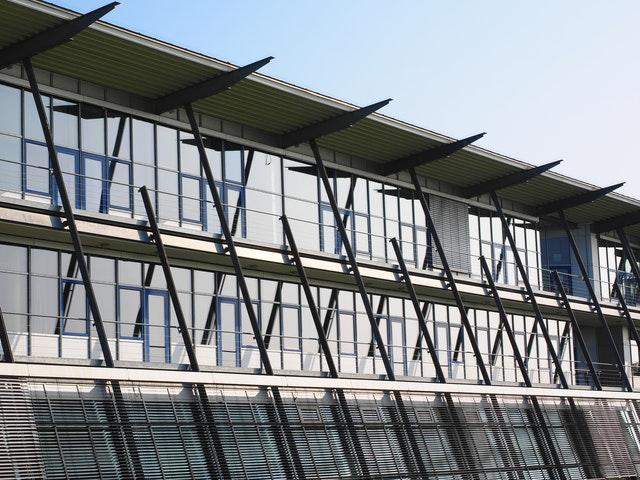|
Listen while working
Getting your Trinity Audio player ready...
|
Pakistan’s energy mix is formed of 64% fossil fuels, 27% hydropower and 9% other renewables and nuclear power. Natural gas accounts for the majority of the energy production. With capacities already at maximum, demand has inevitably been met by imports, putting an extensive burden on economy.

With increasing population the shortfall is obvious and currently falls between 5-8MW which increases at a frustrating level during the summers. The GDP growth also owes a major prerequisite of steady supply of electricity at an affordable rate.

Pakistan has abundant renewable energy resources that can be utilized for power generation and end use sectors. Hydropower in northern areas, Wind power in the provinces of Sindh and Baluchistan and solar potential across Pakistan provides adequate opportunities for renewable energy sources.
In April 2019 it was announced that Pakistan will aim to have 30% of its energy capacity from renewable sources such as wind, solar and biomass by 2030, after a long awaited political tug of war.
Electricity – generation by source (2019)
- Furnace oil: 14% of total
- Natural gas: 31% of total
- Coal: 16% of total
- Hydroelectric: 29% of total
- Nuclear: 4% of total
- Renewable (solar & wind): 5% of total
- Others (Bagasse, Waste Heat Recovery etc.): 1% of total
The current contribution of renewable energy sources counts at 5% of total generation, keeping in view the new target of achieving 30% is quite ambitious.
#solarenergy #renewableenergypakistan #windenergy #pakistan

